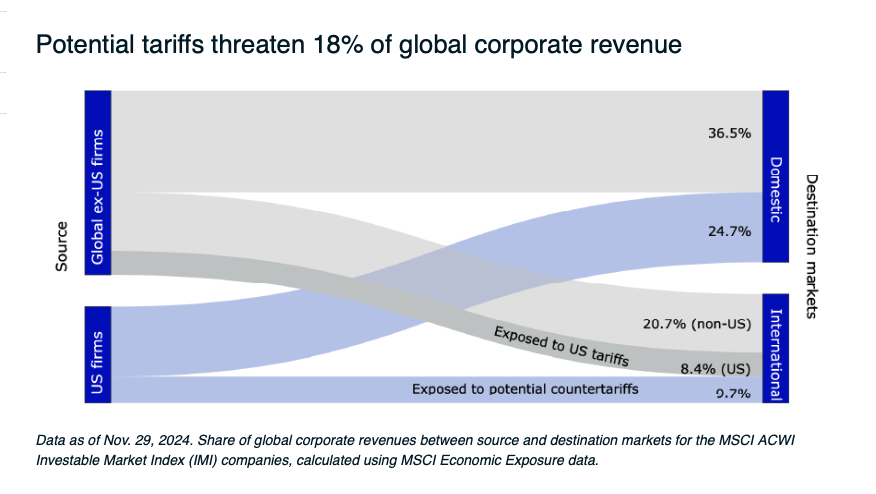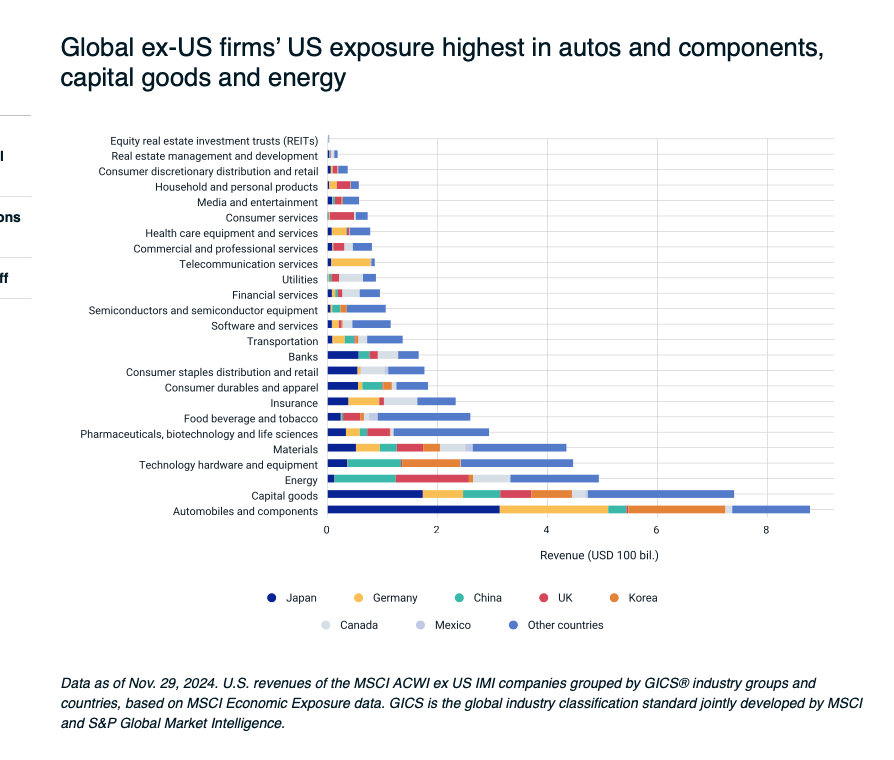Private Equity Deals in the Healthcare Sector Reached $115 Billion in 2024
| For Amaya Uriarte | 0 Comentarios

This surge was driven by an increase in the number of large-scale transactions. In total, five deals exceeded $5 billion, compared to two in 2023 and one in 2022. North America remains the largest market, accounting for 65% of global deal value, while Europe and Asia-Pacific represent 22% and 12%, respectively. Deal volumes remained stable relative to historical levels, with a wave of activity in North America and Europe offsetting a 49% decline in deal volume in Asia-Pacific since 2023. These are some of the key findings from Bain & Company’s Global Healthcare Private Equity Report 2025.
For Cira Cuberes, partner at Bain & Company, the private equity market in the healthcare sector made a strong comeback last year, largely due to an influx of large-scale transactions, particularly in the biopharmaceutical space. “We also observed a resurgence of deals in the health technology sector. Looking ahead to 2025, we expect LPs to continue backing mid-market fund managers due to their strong returns and sector expertise. The smartest strategy for investors will be to focus on opportunities arising from spin-offs and incorporate value creation principles into their due diligence,” she commented.
In Europe, deal volume surpassed the peak reached in 2021, driven by a concentration of smaller deals in the first half of the year. The biopharmaceutical and medical technology sectors were two of the key drivers in 2024, as companies acquiring assets in these industries can easily expand them across the regions in which they operate. Bain remains optimistic about the European market, citing strong acquisition volume growth and a stabilizing macroeconomic environment. The firm anticipates continued momentum in deal activity and sees potential for more mega-deals.
The biopharmaceutical sector continues to lead healthcare deals in terms of total value, thanks to several major transactions in 2024. Despite the record deal value in biopharmaceutical buyouts, global deal volume in the biopharmaceutical tools and life sciences sectors declined by 5% and 10%, respectively, since 2020 in terms of compound annual growth rate (CAGR). Several factors contribute to this trend, including the struggle between buyers and sellers to align sale prices and a reduction in pharmaceutical services spending following a sharp decline in U.S. biopharmaceutical private equity funding.
Healthcare IT Dealmaking Rebounded in 2024
Several factors contributed to the resurgence in healthcare IT deals. First, providers—facing financial pressures and changes in reimbursement models—are investing in core systems to boost efficiency. In response, private equity firms are increasingly investing in assets that support workflow improvements. Additionally, payers—seeking to enhance payment integrity—are investing in advanced analytics. At the same time, biopharmaceutical companies are modernizing clinical trial IT infrastructure to accelerate and improve drug development in an environment of tighter funding and stricter regulatory requirements.
Four Trends Reshaping the Healthcare Private Equity Landscape
Mid-market funds continue to innovate: Historically, healthcare-focused mid-market funds have outperformed the broader market, benefiting from ongoing innovation and evolving investment strategies. They have also managed to sustain both asset acquisition and exits since 2020, even as the broader healthcare buyout market struggled. This strong performance has led to robust fundraising. Since 2022, mid-market funds with healthcare exposure have raised approximately $59 billion, exceeding fundraising levels from the previous three years by about 40%. While they have traditionally focused more on provider assets, mid-market private equity firms have expanded their scope to include healthcare IT and provider services while maintaining a strong presence in biopharma and medical technology.
Spin-offs unlock value in a competitive market: Despite year-to-year variability in deal activity, healthcare spin-offs have followed an upward trajectory since 2010, driven by a combination of public companies aiming to enhance shareholder value and private equity firms eager to acquire high-value assets. Successful spin-offs allow public companies to improve margins, focus on revenue growth, and reduce leverage and complexity. They also create opportunities for private equity firms to acquire overlooked assets with significant value-creation potential under new ownership. Given the reduced level of sponsor-to-sponsor deals since the 2022 peak, the combination of spin-offs and corporate deals has attracted a diverse range of investors looking to deploy capital into scalable healthcare assets with strong value-creation potential.
Maximizing exit value is a strategic imperative: Private equity exit deal volume in healthcare remained low in 2024—41% below its 2021 peak—as high interest rates and valuation mismatches between buyers and sellers extended holding periods and limited funds’ ability to return capital to their LPs. Historically, multiple expansion has driven nearly half of total deal returns, but this lever is unlikely to sustain returns to the same extent in the coming years. To execute a successful exit strategy, sellers must take an objective view of asset performance and trajectory while having a plan for future value creation. Buyers who integrate value-creation principles into their pre-acquisition diligence gain a competitive advantage.
Asia-Pacific investment has evolved: Private equity firms are expanding their investments beyond China in the Asia-Pacific region, where deal value has grown at an approximate 21% CAGR since 2016. However, deal volume in the region has declined significantly since 2023 due to a slowdown in Chinese transactions, a shift in deal volume to India, Japan, and South Korea, and increased competition from strategic players eager to pursue M&A. India, in particular, is emerging as a compelling alternative to China for dealmaking, given its expanding middle class—driving healthcare demand—and strong economic growth. Japan and South Korea are also seeing accelerated deal volume, fueled by favorable macroeconomic factors and an aging population with increasing healthcare needs.
“We are optimistic about the outlook for private equity in the healthcare sector in 2025, especially as deal multiples begin to stabilize, enabling better alignment between supply and demand, and as a growing base of tradable assets presents new opportunities. Lower interest rates in the U.S. and stable economic growth in regions like Japan and India indicate favorable investment conditions. Looking ahead, the accumulation of assets in private equity portfolios, along with increasing LP pressure for liquidity, suggests an imminent rise in sponsor exits,” concludes Cira Cuberes, partner at Bain & Company.











